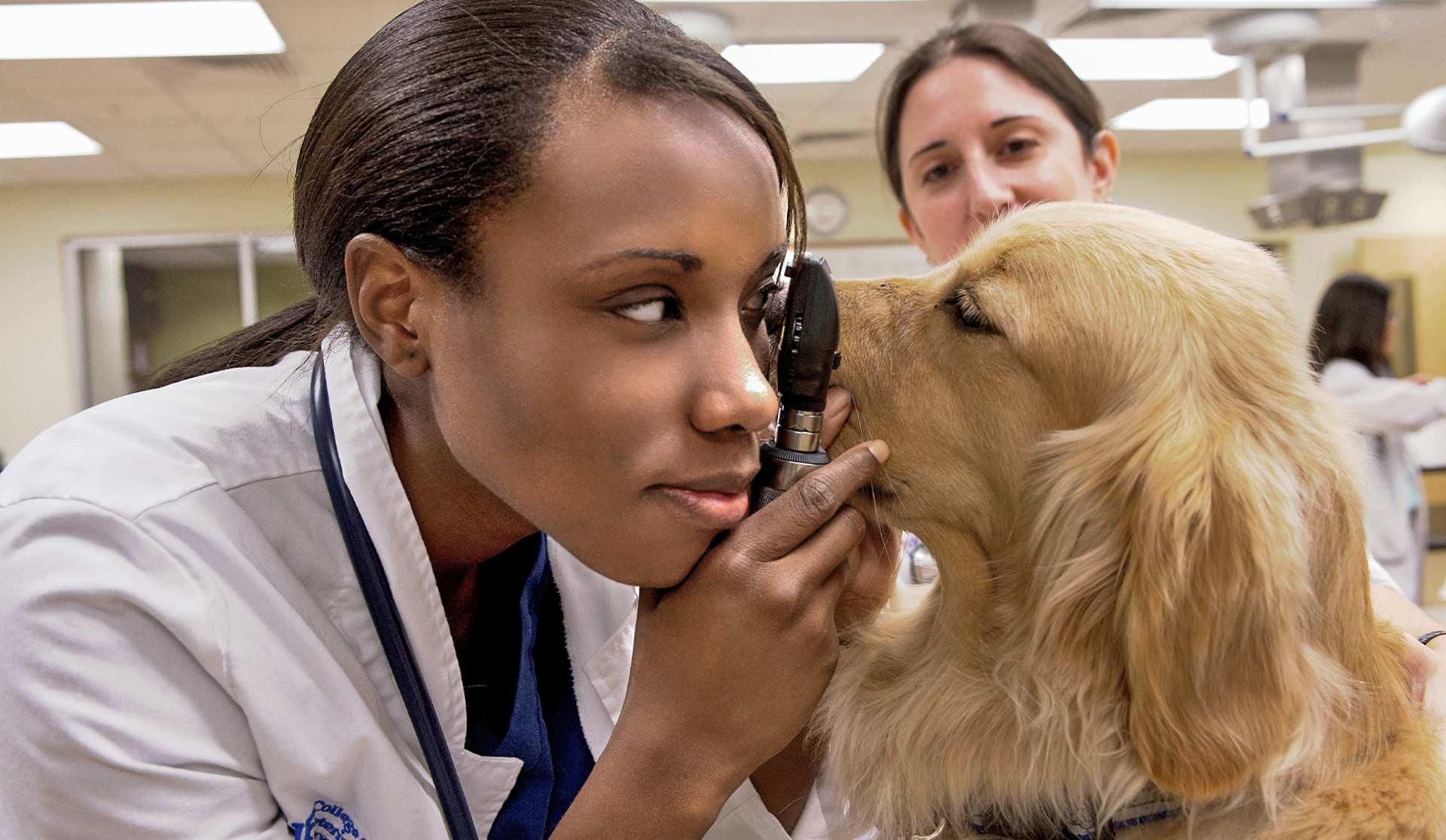Testing for bacteria in urine is an important diagnostic tool for veterinarians to determine the presence of a urinary tract infection (UTI) in their patients. UTIs are a common problem in pets, and can cause discomfort, pain and in severe cases, kidney damage if left untreated. The traditional method of testing for UTIs involves collecting a clean catch urine sample and sending it to a laboratory for culture and sensitivity testing. However, there are new, rapid diagnostic tests available that can provide results in minutes and help veterinarians make a diagnosis and begin treatment more quickly.
UTI Testing Methods
Dipstick Test
One such test is the urine dipstick test, which is a quick and simple test that can detect the presence of bacteria, white blood cells, and red blood cells in the urine. This test is easy to perform and does not require a laboratory. The results are usually available within minutes and can provide valuable information about the presence of a UTI. Dipstick tests can also help veterinarians determine if a urinary tract infection is present even if the urine culture is negative.
Microscopy Test
Another test is the urine microscopy test, which involves examining a urine sample under a microscope. This test can detect the presence of bacteria, red blood cells, white blood cells, and crystals in the urine. Urine microscopy is a valuable tool for veterinarians to help diagnose UTIs, but it is important to keep in mind that this test is not as sensitive as a urine culture and may not detect all cases of UTI.
Leukocyte Esterase Test
Another rapid diagnostic test is the urine leukocyte esterase test, which detects the presence of white blood cells in the urine. This test is often performed along with the dipstick test to provide additional information about the presence of a UTI. Leukocyte esterase is an enzyme produced by white blood cells and is an indicator of inflammation in the urinary tract. A positive result on this test is an indication of a UTI and further testing, such as a urine culture, may be necessary to determine the type of bacteria causing the infection.
Monoclonal Antibody Test
Until now, the only accurate method of detecting bacteriuria was by urine culture, an expensive and time-consuming test performed at specialized laboratories. Expand your in-house testing capabilities and you won’t have to wait days for results of a test performed by a third party outside of your office.
Our RapidBac™ Vet rapid test utilizes a cocktail of monoclonal antibodies targeting a panel of bacterial surface proteins. RapidBac™ Vet is a lateral flow immunoassay test strip using highly-specific monoclonal antibodies to detect cell-surface determinants of Gram-positive and Gram-negative bacteria that are likely causes of UTI urinary tract infection in cats and dogs. The test has been independently lab-validated as highly-accurate!
Conclusion
Testing for bacteria in urine is a critical tool for veterinarians in diagnosing UTIs in their patients. The traditional method of sending a urine sample for culture and sensitivity testing is still the gold standard, but rapid diagnostic tests such as dipstick, microscopy and leukocyte esterase tests can provide valuable information and help veterinarians make a diagnosis and start treatment more quickly. It is important for veterinarians to stay up-to-date with the latest diagnostic tools and techniques in order to provide the best care for their patients.


